
Introduction
Medicine was never meant to demand this much. Yet in 2025, many physicians describe their daily lives in the same way they did in 2021: long shifts, sleepless nights, decision fatigue, and the constant sense of running on empty. The latest research confirms what doctors already know: nearly half are still burned out.
The Hidden Cost of Burnout
Burnout doesn’t just live inside the hospital. It follows physicians home. It shows up in short tempers, restless nights, and the inability to be fully present with loved ones. It erodes both the satisfaction of practicing medicine and the joy of being outside of it.
Why This Isn’t Weakness
Burnout is not a character flaw. It’s the predictable outcome of a nervous system pushed into chronic overdrive. And the good news? Biology can change. The same mechanisms that fuel hypervigilance can also be guided back into calm, focus, and clarity.
Resets That Make a Difference
While no one can breathe away systemic problems, individual resets matter:
- Practicing structured breathing (like 4-7-8) during moments of overwhelm.
- Creating calm “spaces” — mental or physical — for the body to process stress.
- Building rituals that signal the end of the workday and the start of personal time.
With deeper, focused work, those resets don’t just ease the moment—they can last, helping physicians reconnect to what inspired them in the first place.
Closing
The physicians who once showed up for overloaded hospitals deserve more than survival in 2025. They deserve restoration, clarity, and a way back to themselves. And while the system must change, each doctor’s path to healing begins with a reset.
I’ve been writing more about what burnout looks like in 2025—and the footholds physicians can use to reset—in a LinkedIn series. If this resonates, you can find and follow the posts here: https://www.linkedin.com/in/katherined55905/
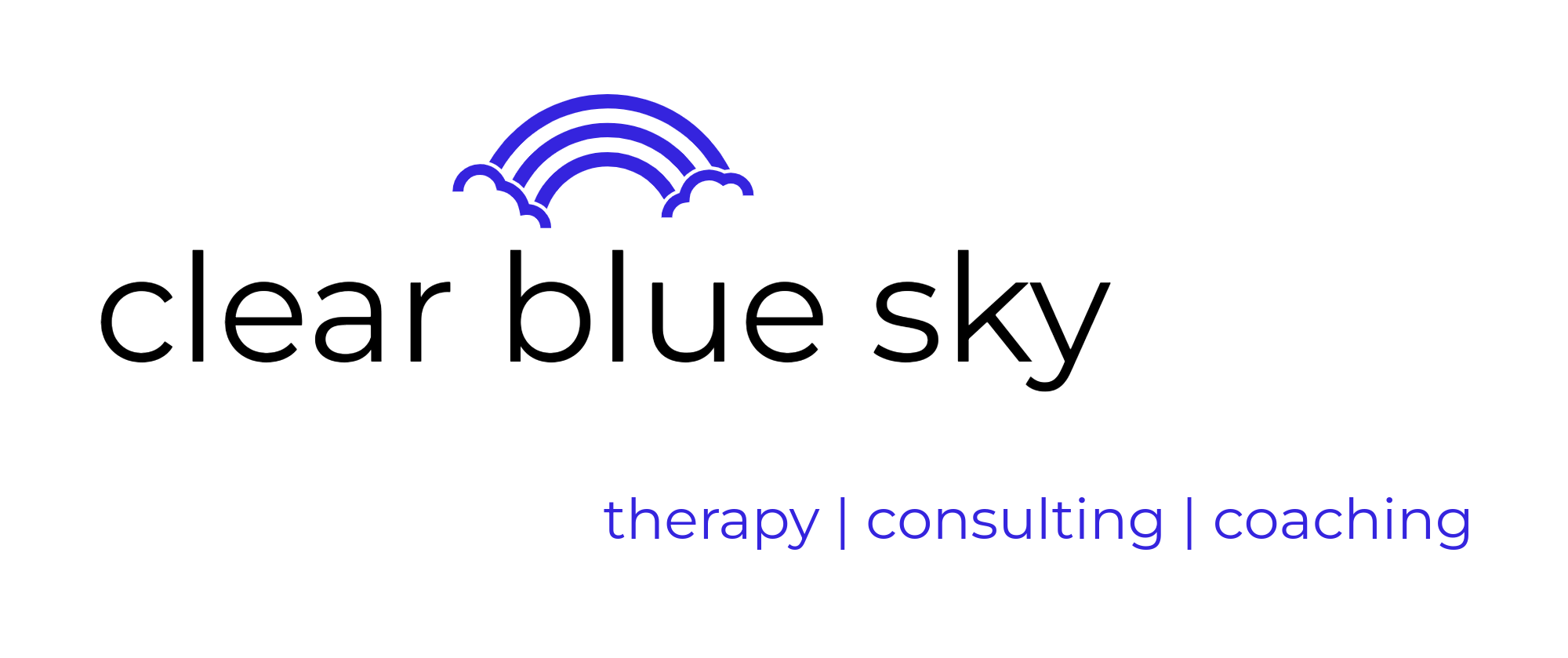

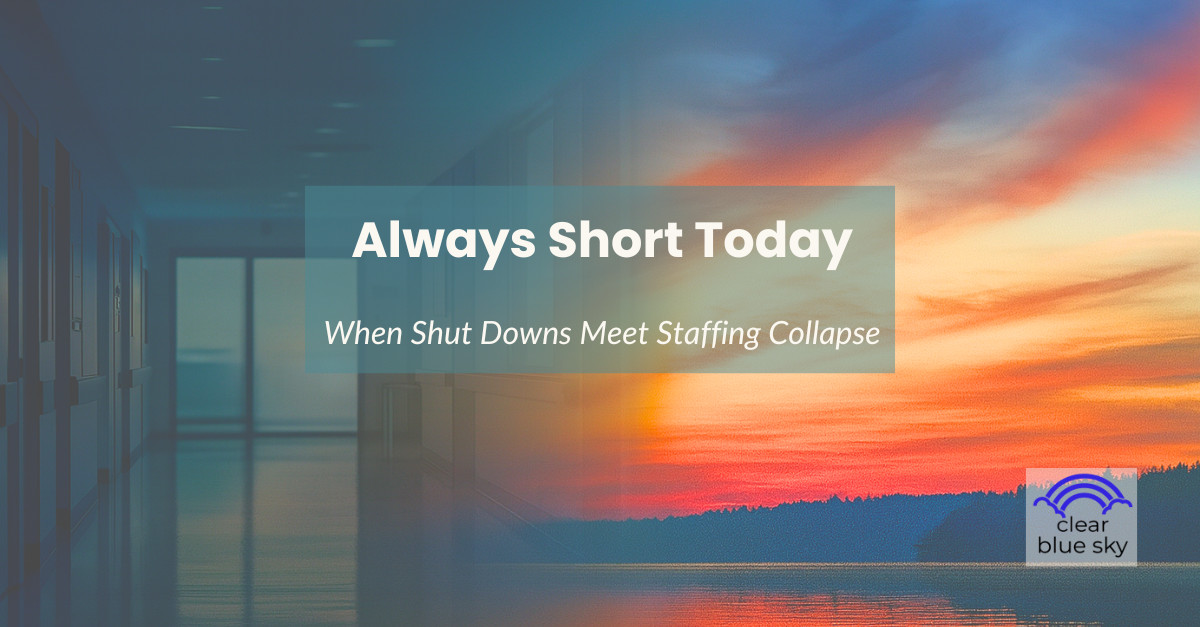
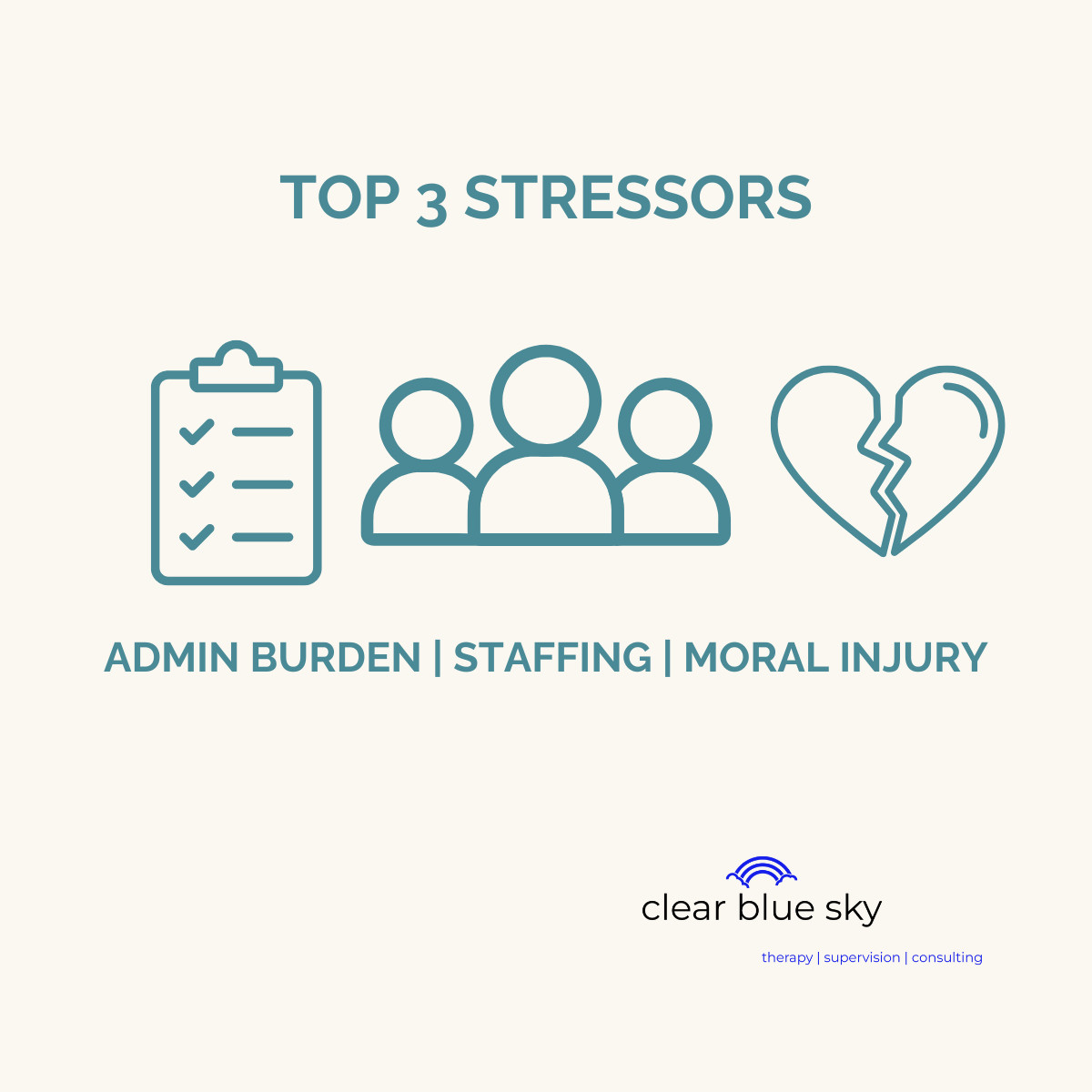




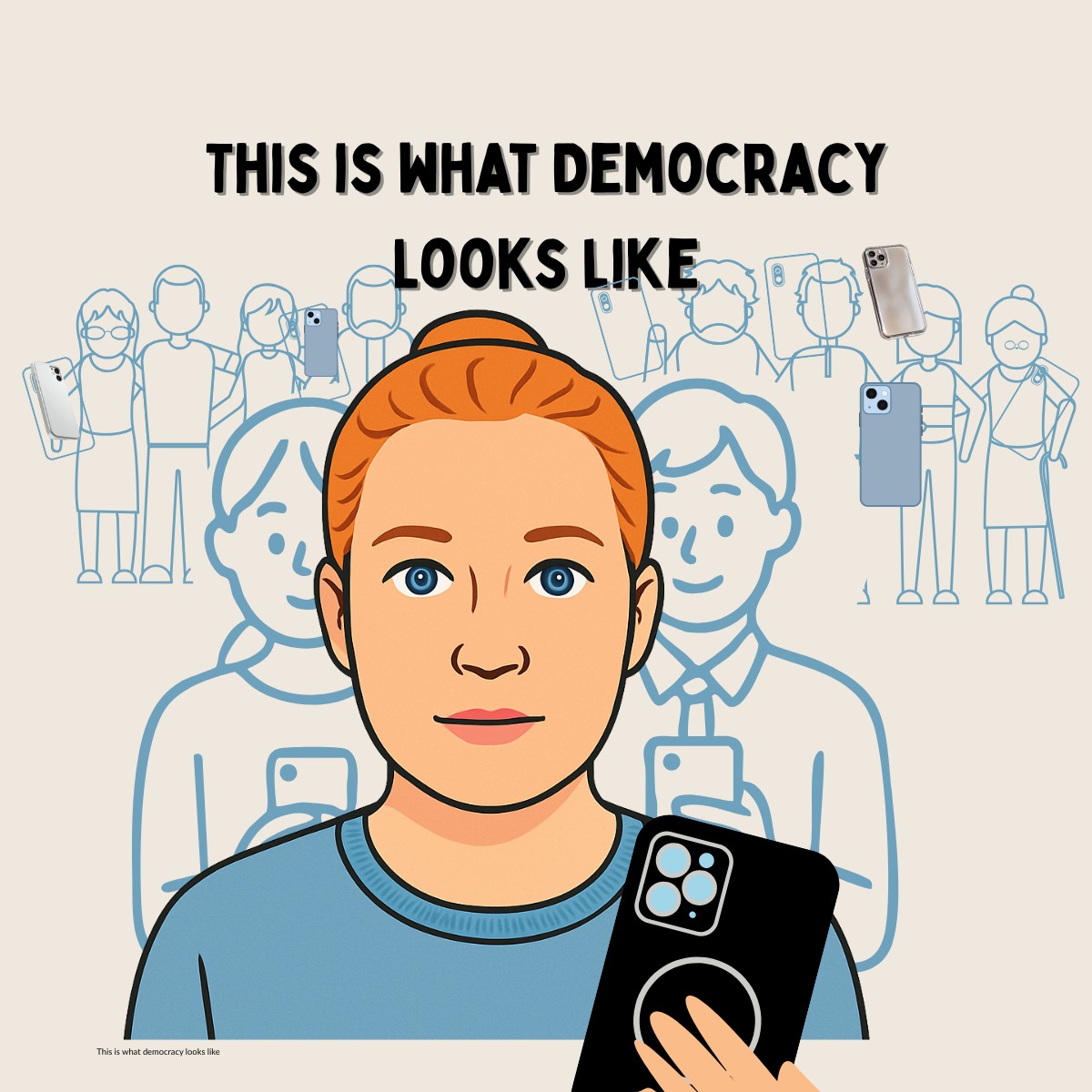
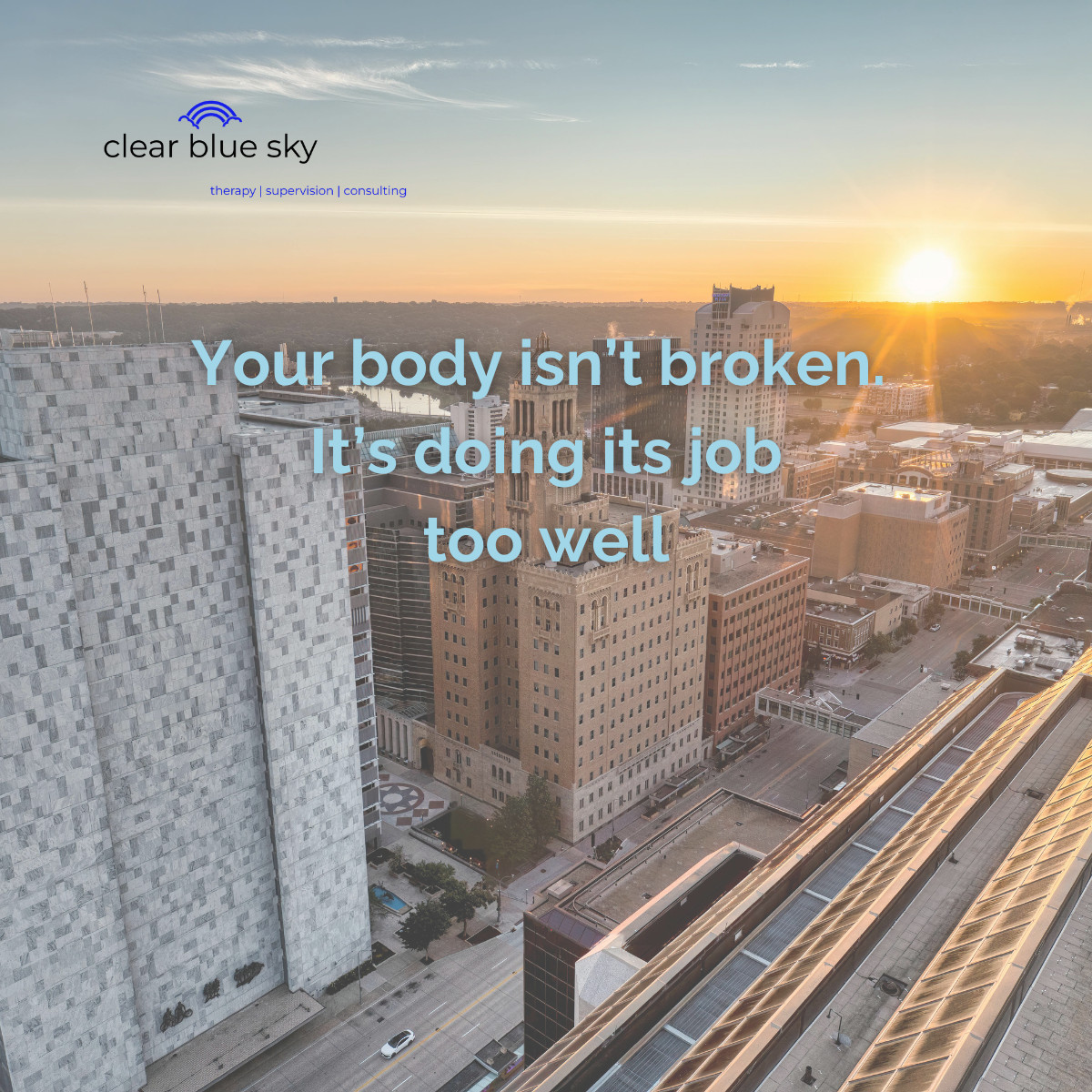
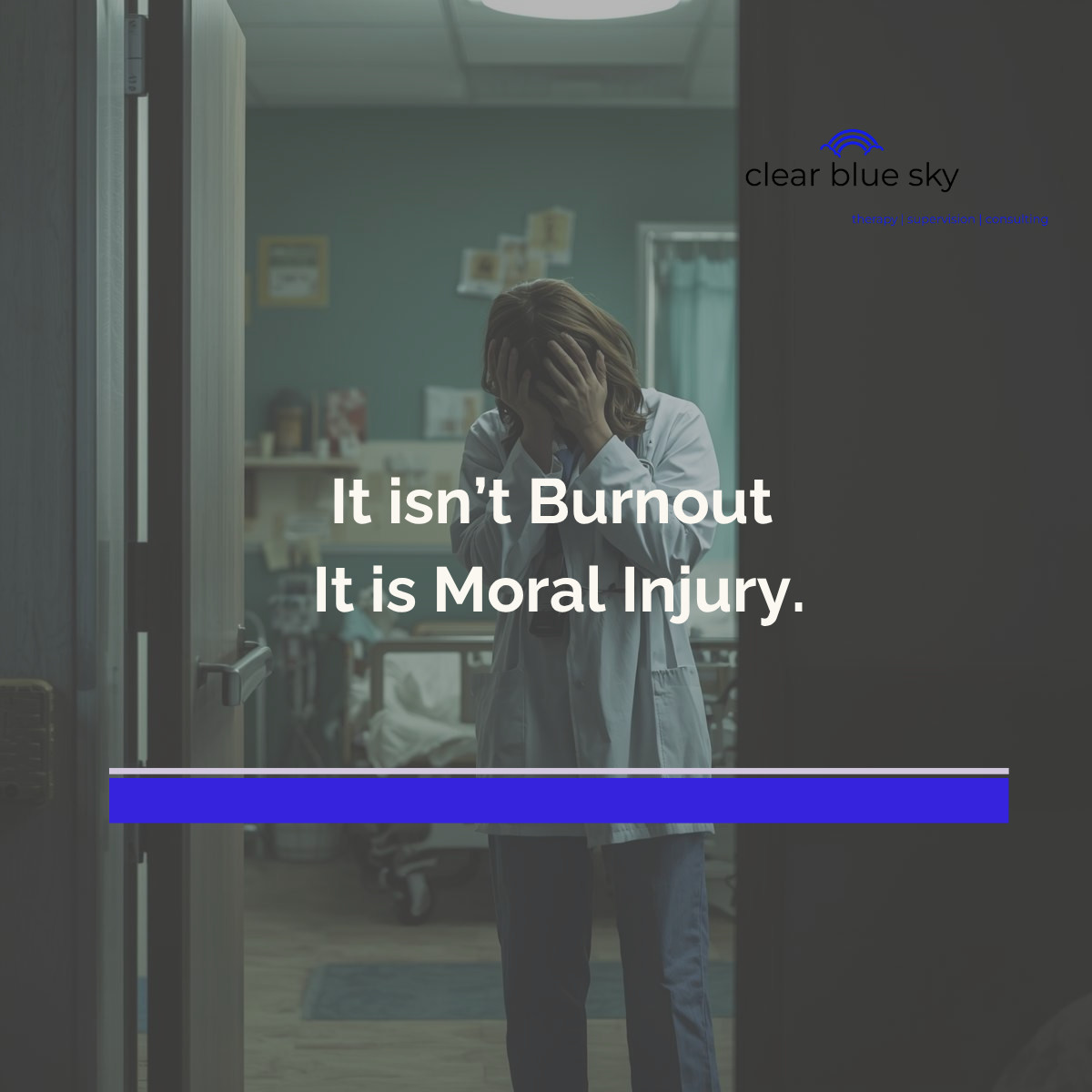


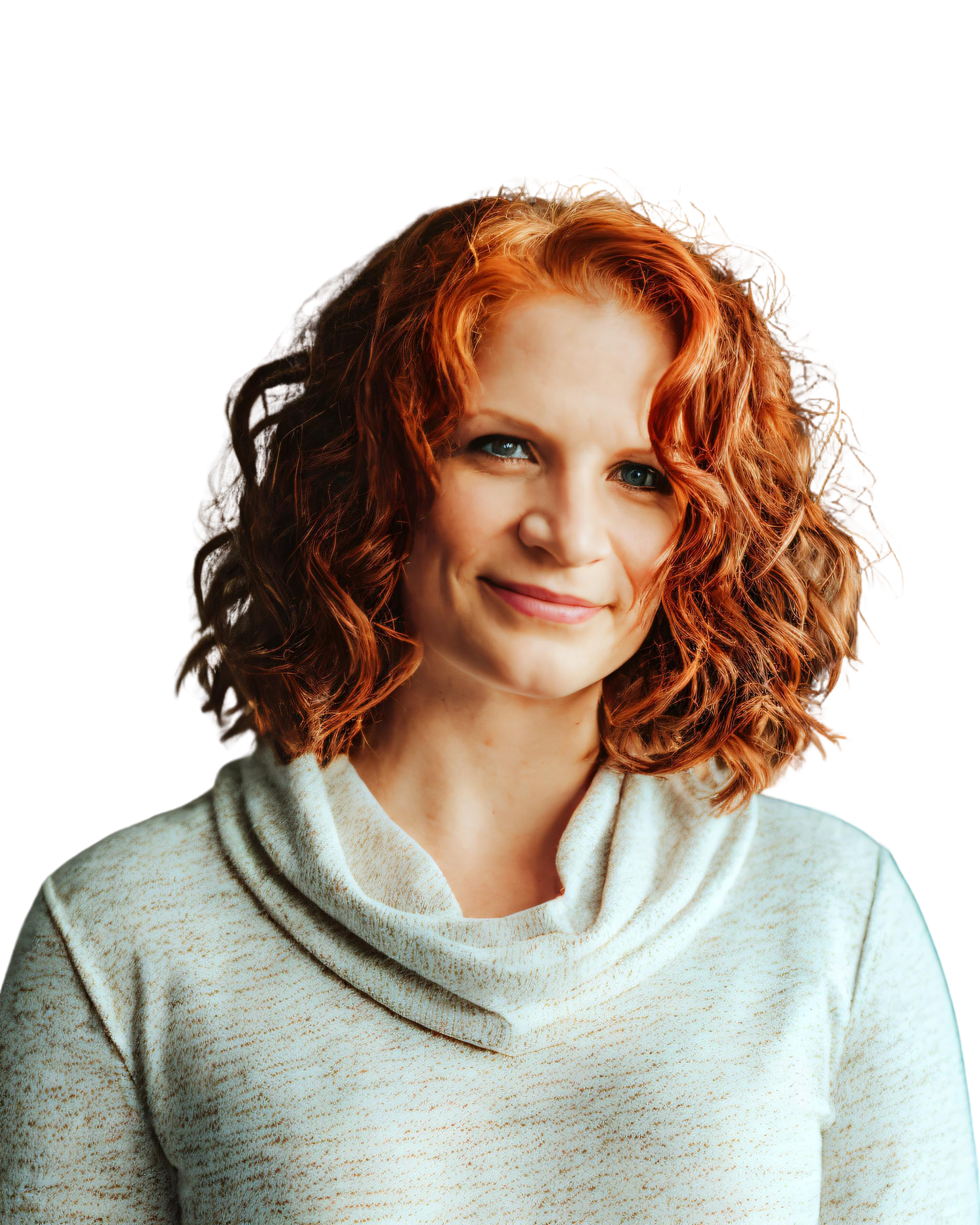
0 Comments